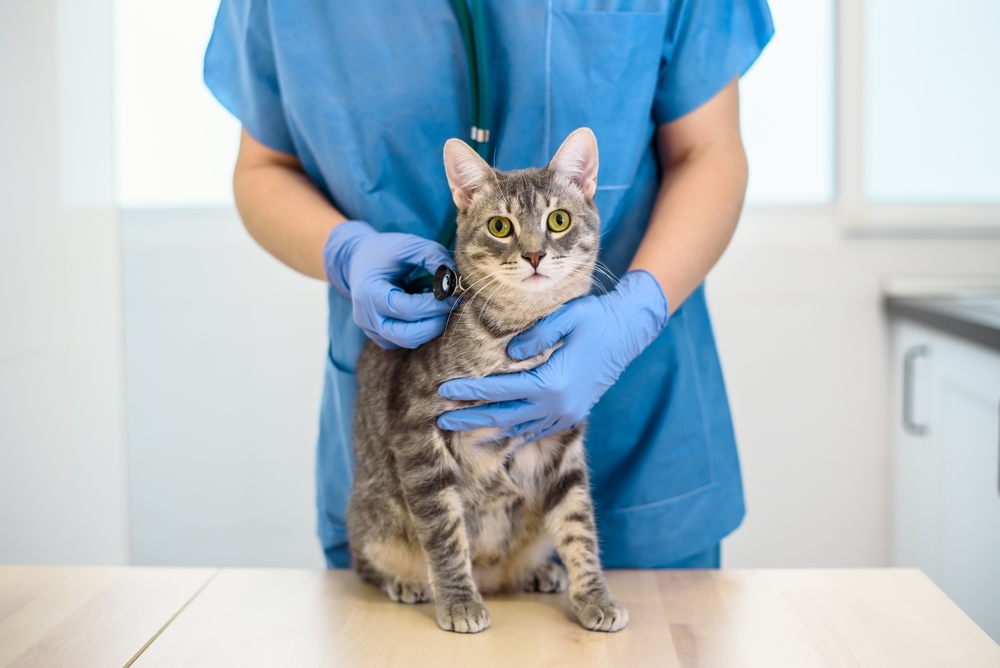

Diabetes in pets has similarities to that in humans. The condition causes the body to lack the ability to process glucose, the prime energy source for the body’s cells. During digestion, your body absorbs sugar as food passes through the intestines. It transports them into the cells lining the intestines and converts them into simple sugars or glucose.
The glucose gets into the bloodstream for circulation and delivery to cells and tissues in the body. At this point, the body needs insulin to transfer the glucose from the bloodstream into the cells.
But sometimes, the pancreas does not produce enough insulin. The body may also be unable to use the insulin available. When this happens, your pet becomes diabetic. However, you may not notice until you see common symptoms that include:
Frequently Peeing
In these cases, glucose accumulates in the bloodstream and may overflow into the urine. As it does, it draws large volumes of water. It causes the animal to pee more frequently. You may also notice your dog nudging you increasingly. It may pee on your floor if you do not respond.
You will also notice puddles of pee with other animals like cats. Increased urination or polyuria is a common sign that your pet may be diabetic. When you see this, take your pet to the vet. They will advise you on the best course of action for treatment.
Drinking Lots of Water
During summer and other hot days, your pet may drink more water than usual. But when your pet shows symptoms of diabetes, it drinks water excessively. Excessive thirst or polydipsia subsequently results in polyuria.
You may think your pet is urinating more because it is drinking more water. However, that may not be the case. As the animal drinks more water, the glucose draws it before the body absorbs it. Your fur baby experiences dehydration and drinks more water.
Losing Excessive Weight
Several other conditions can lead to excessive loss of weight. But in most of these conditions, your pet will also not have a good appetite. In the case of diabetes, your pet may be feeding as usual but not gaining weight.
When the body cannot utilize insulin, it starts to break down its fat and muscle. The heart, brain, and other organs need energy. Thus, it uses this fat and proteins, leading to weight loss.
Ravenous Appetite
Sometimes, the animal may not have a normal appetite but may become insatiable. Due to the lack of insulin to absorb glucose into the body and give it energy, it becomes hungry. The pet’s body thinks it is starving and prompts your pet to eat more. When you notice this, it is a sign of an insulin imbalance.
Cloudy Eyes
Cataracts are the most common long-term effect of diabetes. Look at your pet’s eyes when you pick it up and cuddle it. Take them to the vet if the eyes are cloudy and you notice your pet has vision problems. It is a sign of glucose accumulation, which causes sorbitol production. Sorbitol pulls water into the lens and causes fiber distortion. These fibers prevent light from passing through.
For more information on diabetes in pets, visit Brekke Veterinary Clinic at our Castle Pines or Castle Rock, Colorado office. Call (720) 709-2400 or (720) 464-3525 to schedule an appointment today.







